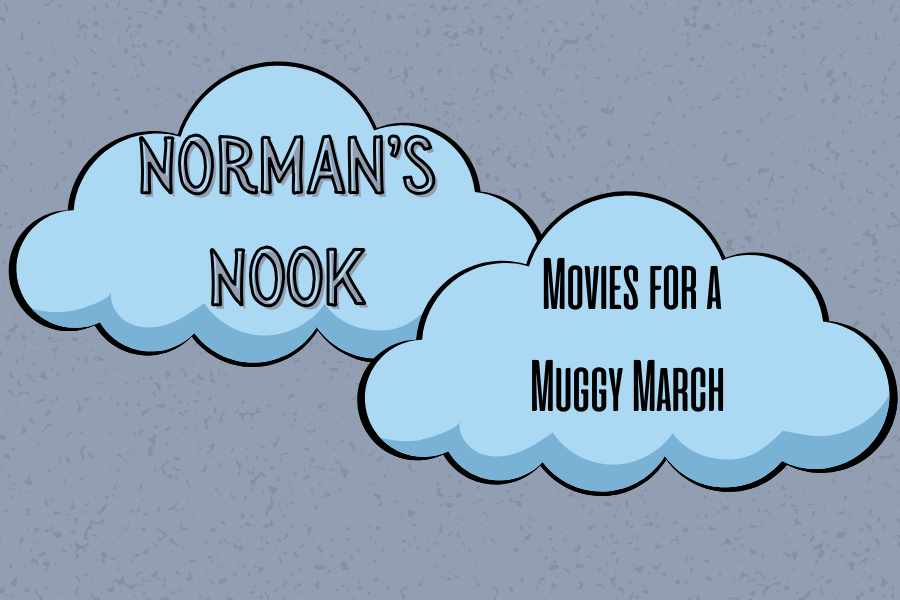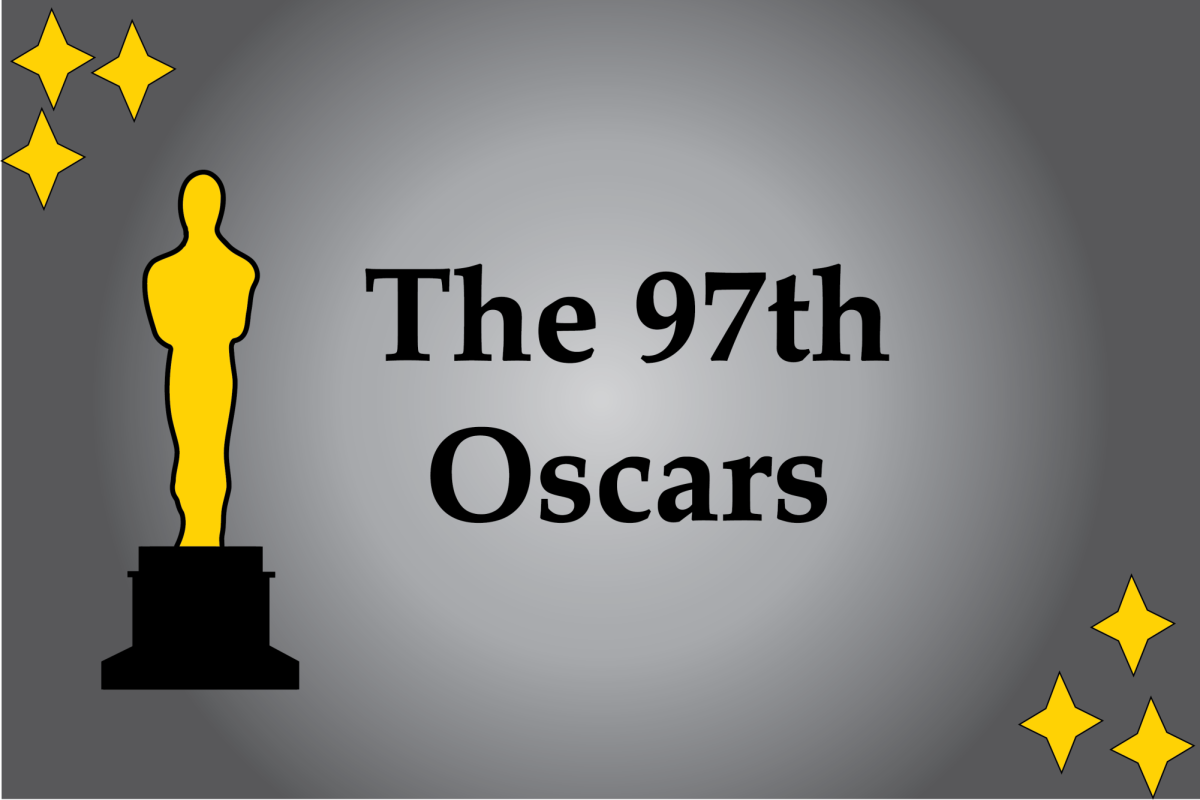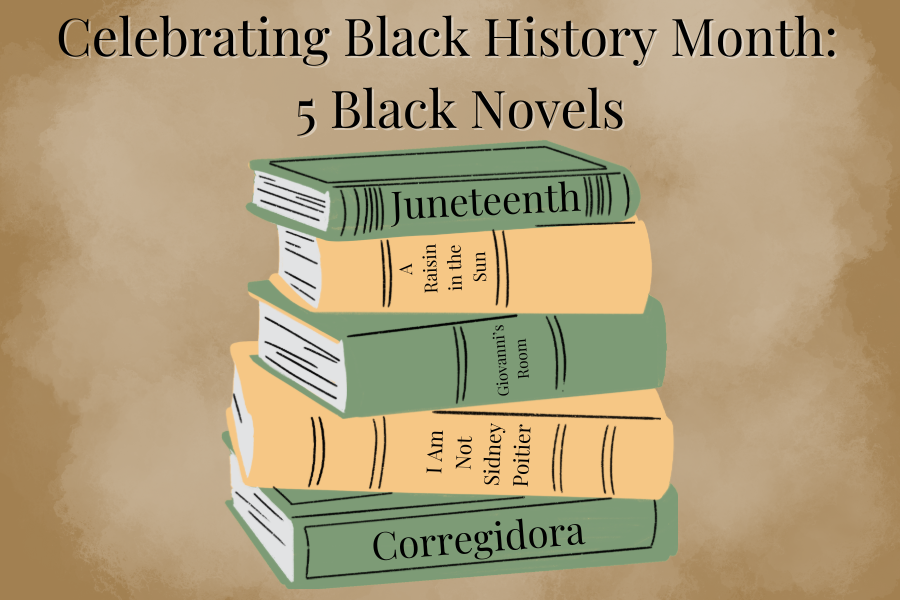As our Kansas weather sweeps us to and fro through 2025, this reviewer can sometimes feel like their head is in the clouds, seeking ground for comfort. On beautiful days, there couldn’t be a care in the world, yet when rain falls, it feels like the world placidly pauses. So, for these breaks in the action, this writer hopes to provide readers with somewhere to turn their attention to, even on the most monotonous days.
Please enjoy the first installment of Norman’s Nook, Movies for a Muggy March.
“Umberto D.” (1952)
Never seen an Italian neorealistic movie? Then “Umberto D.” would not be a bad place to start. Rooted in working class struggles and primarily focused upon the less fortunate, Italian neorealism sought to highlight societal injustices in the most scathing way auteurs knew how: through film. Despite initial criticism from Italian viewers and officials for its rather negative light shed on what they saw as their national ‘pride,’ “Umberto D.” is not a political film, but a human one.
Telling the story of an old, sickly man named Umberto Domenico Ferrari (played by one-time actor Carlo Battisti) simply trying to keep his rented room with his dog, Flike, the film empathetically frames the two as tragic heroes in the face of an unflinching new world. With a cast of non-professional actors, an unwaveringly somber soundtrack and only 89 minutes, director Vittorio De Sica weaved a once in a lifetime tale of sorrow, perseverance, hope and humanity surrounding old Umberto.
If you aren’t convinced that great, universal movies were made before 1980, or even outside of the Western hemisphere, watch “Umberto D.” for some enlightenment.
“Amélie” (2001)
If one needs uplifting on even the dreariest of rainy days, “Amélie”’s heartwarming, dizzy display of near-missed romance is all one must play. French actress Audrey Tautou embodies the enigmatic and optimistic nature of Amélie Poulain, the shy, titular and eccentric waitress.
Born in 1974, and homeschooled because of a mistaken heart defect diagnosis, Amélie, from an early age learned to use her imagination and keep herself company. When she leaves home at 18 following some traumatic circumstances, Café des 2 Moulins greets her with an open career in waitressing, allowing her to meet the shop’s unique customers (and confide in the audience via breaking the fourth wall).
When Amélie, in her apartment, is shocked by the death of Princess Diana (in 1997), she accidentally reveals a rusty metal box hidden behind a broken wall tile, containing the ancient items of a boy who lived in her apartment decades prior. She promptly decides to find the boy and bring him his box, and in doing so, positively influences every member of her community through small acts of kindness.
Simultaneously nostalgic and startlingly new, “Amélie” is life affirming in a way few other movies have ever been.
“The Life Aquatic of Steve Zissou” (2004)
Nowadays, most moviegoers know the name Wes Anderson, but few are familiar with his directorial origins, which provide a fascinating glimpse into the director he inevitably became. Films like “Bottle Rocket”, “Rushmore” and “The Royal Tenenbaums” are legendary in their wit, depth and talent shown by such a young auteur; however, none of them exemplify Anderson’s philosophical, sardonic and painfully real perspective than “The Life Aquatic of Steve Zissou”.
Accompanied by fantastic David Bowie covers from Brazilian artist Seu Jorge, this film is like a wallflower’s Odyssey, presenting comically un-heroic protagonists grappling with their purposes, fears and humanities. Focusing on the newest exploration by oceanographer and documentarian Steve Zissou (played by Bill Murray) following the death of his close friend on their previous voyage, “The Life Aquatic” puts a comically critical gaze on human progress, relationships and death as Zissou searches for his mythical ‘leopard shark’ amidst increasingly volatile emotions.
Wes Anderson will never seem the same again after watching the heartfelt, human “Life Aquatic”.
“Blue Velvet” (1986)
Is this movie depressing? Yes. Morbidly violent at times? Absolutely. But is it also masterfully directed, acted and conceived? Without a doubt in this reviewer’s mind. Aiming to peel back the audience’s understanding of good, and how evil must always lie beneath it, the late David Lynch created a thought-provoking, timelessly human film with his 1986 feature “Blue Velvet”.
Lynch immediately places the audience in the shoes of Jeffrey Beaumont (played by pre-“Twin Peaks” Kyle MacLachlan), a somewhat awkward and curious high schooler, who one day finds a severed ear in a field of grass. Soon after, Jeffrey is wrapped up in a world he never knew existed, filled with prostitution, organized crime, sadomasochism and murder. Yet throughout his horrific journey, love, kindness and comfort still exist, with Jeffrey becoming closer to his crush Sandy (played by Laura Dern) as he is progressively steeped in morbid mystery.
A moody and captivating movie if there ever was one, “Blue Velvet” is worth your time.
“Kiki’s Delivery Service” (1989)
A startling tonal shift in movies, this reviewer acknowledges, but a consistent theme nonetheless: films to enjoy in the quiet of one’s room despite the pitter patter outside. However, if enjoyment in particular is the subject of discussion, look no further than Hayao Miyazaki’s “Kiki’s Delivery Service”.
Featuring the titular Kiki as a young witch-in-training, a coming-of-age tale unfolds when Kiki leaves home on her own for a nearby town so that she can become a real witch. Taking her black cat Jiji with her, hijinks and mayhem ensue as Kiki learns about her community and assumes the job of “Witch Delivery Service,” carrying goods to people around town. Whether she’s pulling off a cat switcheroo, meeting Tombo, a local aviation enthusiast, or quietly reflecting on herself and her life, Kiki’s bright, optimistic demeanor is sure to soften the hardest hearts.
Beautifully animated, written and voice-acted, “Kiki’s Delivery Service” is truly all you need for a rainy day.









